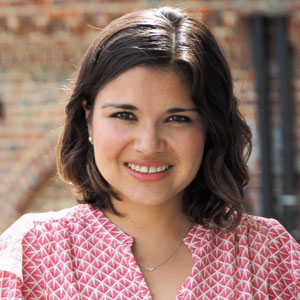Are forests the answer to an uncertain future for coffee?
Our morning cup of coffee is under threat from climate change, scientists have warned. Although projections vary on the crop’s capacity to adapt to rising global temperatures, it is certain that the areas with a suitable climate for coffee cultivation will significantly shrink in the upcoming decades, challenging global production capacity. Moreover, heatwaves and unreliable rainfall generate conditions in which pests and diseases that can devastate coffee plantations thrive, such as coffee leaf rust.
Coffee is one of the most traded commodities in the world, consumed by one third of the global population. But while climate change will deprive caffeine-hooked consumers; the worst consequences will be felt by around 125 million people directly involved in coffee production and trade, including many smallholder farmers who depend on it to secure their livelihoods.
Facing an uncertain future, major coffee companies and concerned public entities have mobilized funding to support innovation and adaptation initiatives to ensure the industry continues to thrive. However, they might be overlooking a hidden treasure in Africa’s tropical forests.
Global coffee production is based on two species: Coffea arabica, known as Arabica coffee, and Coffea canephora, or Robusta coffee. Arabica, which grows in cool high-altitude climates, is the most expensive and appreciated species, used in specialty coffee and high-grade blends. Robusta, which grows in hot and humid climates, is in general less appreciated, found in cheaper blends and as instant coffee.
Because Arabica production is more profitable, most coffee research focuses on this variety, but scientists with the Meise Botanic Garden (Meise BG) in Belgium are challenging the trend, suggesting that the more resistant Robusta might instead hold the key to the coffee industry’s future.
Baristas’ ugly duckling
While Coffea arabica was first discovered in Ethiopia, Coffea canephora’s natural habitats are West and Central Africa’s tropical forests. In fact, recent genetic studies show that Coffea arabica is a hybrid of Coffea canephora and Coffea eugenioides – both species naturally occurring in the Congo Basin, thus making it the homeland of modern coffee production.
However, while Arabica was cultivated as early as the 12th century, Robusta plantations only popped up at the beginning of the 20th century as Europeans took interest in the genetic diversity found in Africa, which could lead to improved production in Asia and other tropical regions. Currently, it is estimated that 40 percent of the world’s consumed coffee beans are Robusta.
“Because Robusta has more caffeine and a more pronounced bitter flavor, it is less appreciated by consumers,” explained Filip Vandelook, researcher at Meise BG. “But in fact, there is potential to develop higher quality Robusta, for example, through breeding with wild populations.”
“Because Robusta thrives in warm and humid climates, and a low altitude, this species might be less vulnerable to climate change,” added Piet Stoffelen, director of Collections at Meise BG and an expert in coffee diversity in Central and West Africa. Therefore, according to him, Robusta’s market share will grow, and within 10 years it could represent more than 50 percent of global coffee production.
If more investments are made in Robusta’s pre- and post-harvest processing optimization, this species could become more appreciated by consumers and profitable for farmers, explained Vandelook. “Robusta’s potential remains largely understudied – and that’s what we are trying to change.”
















